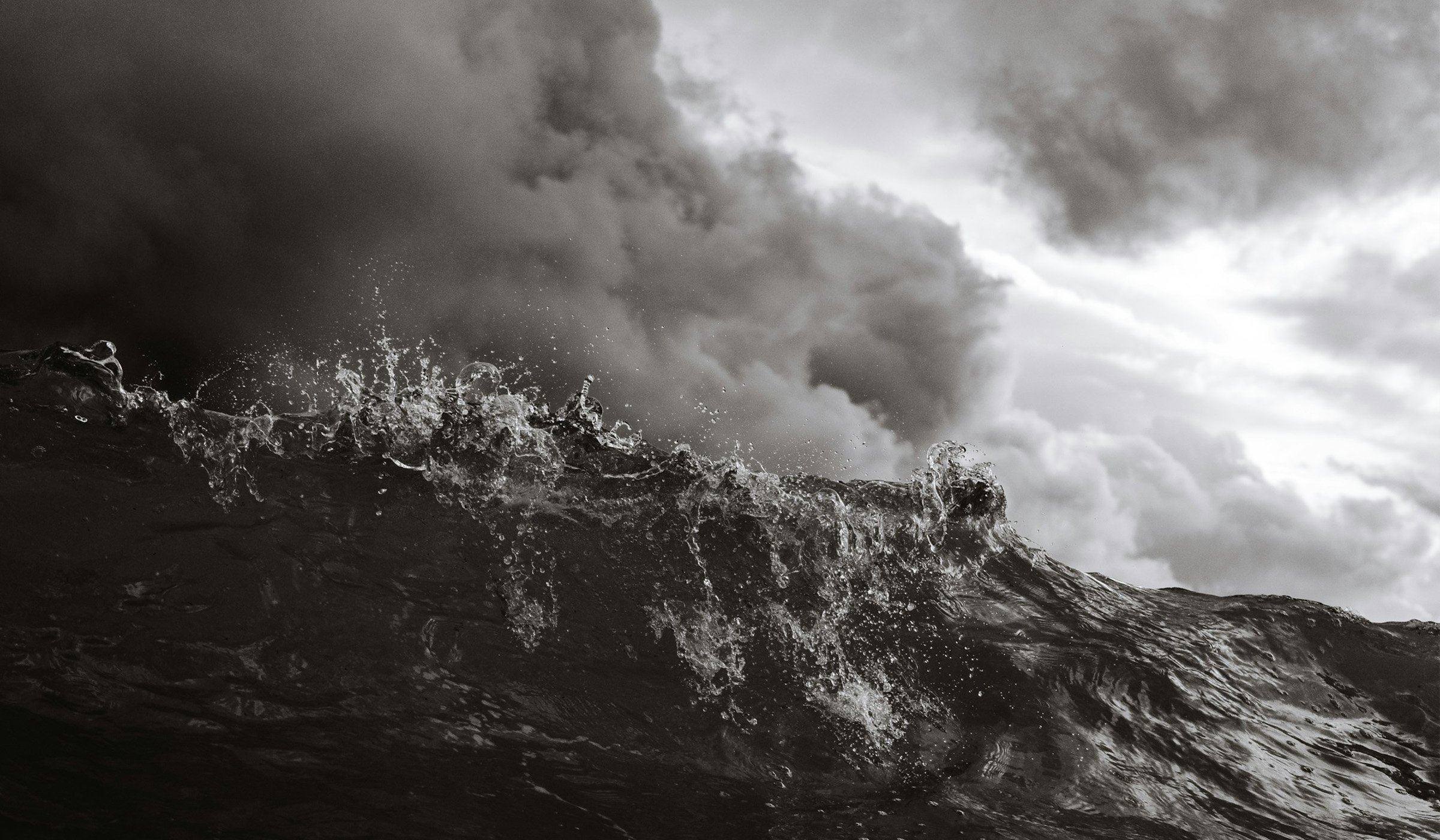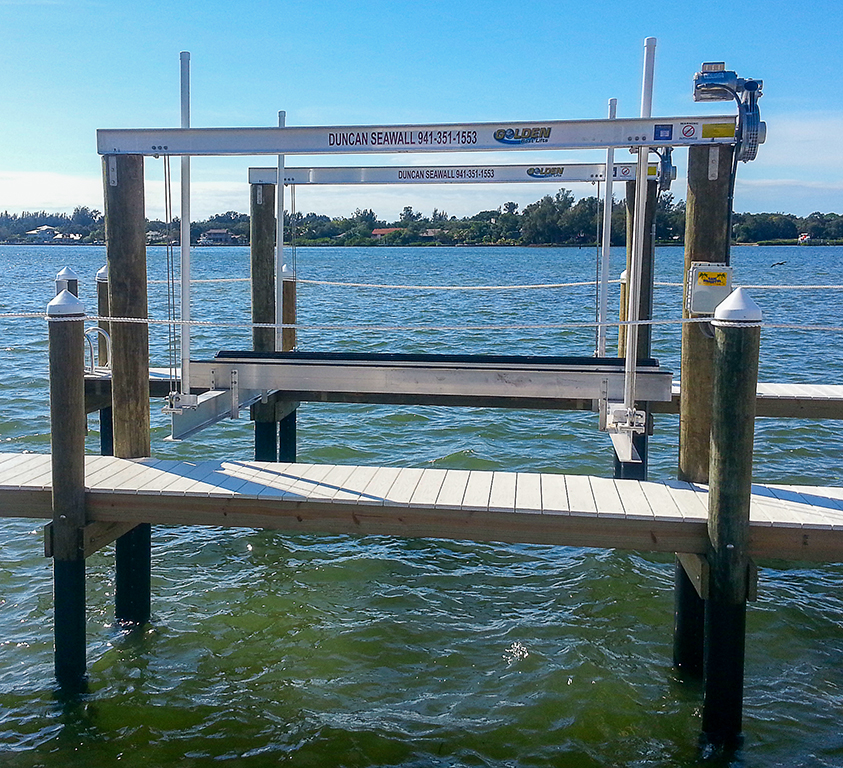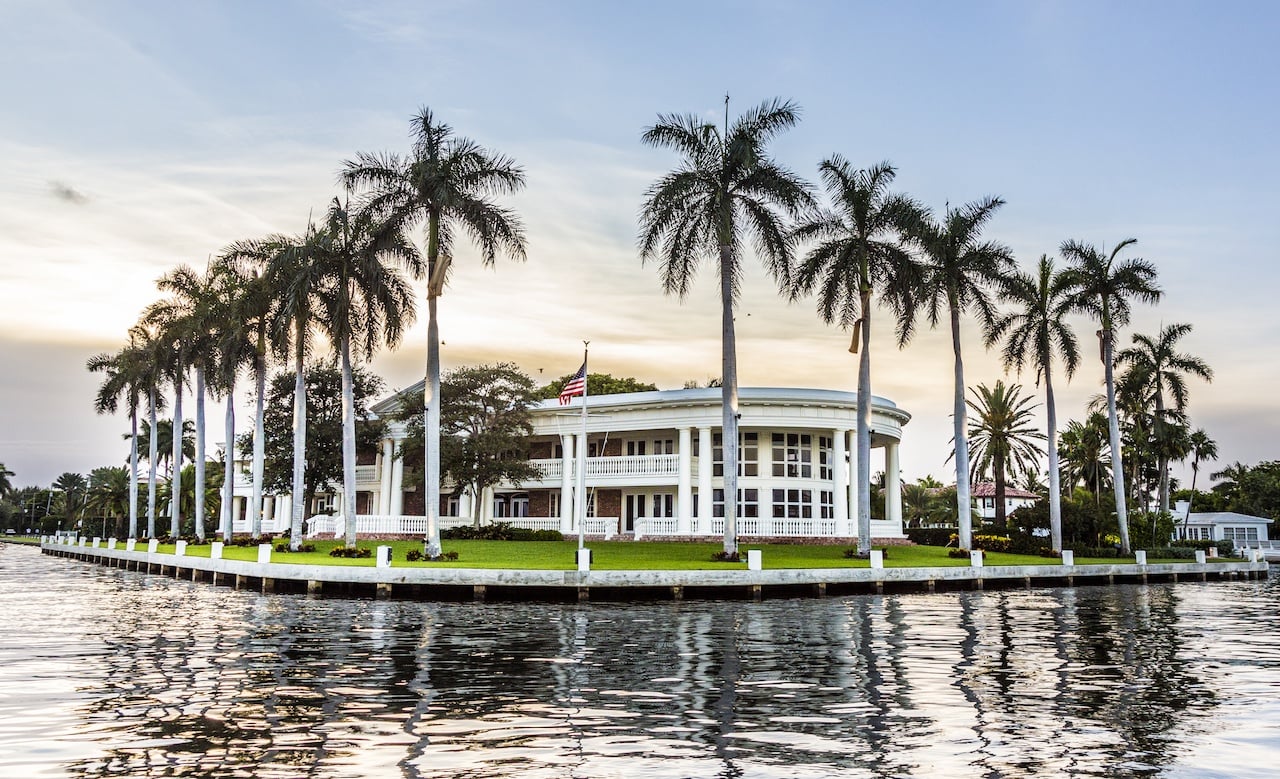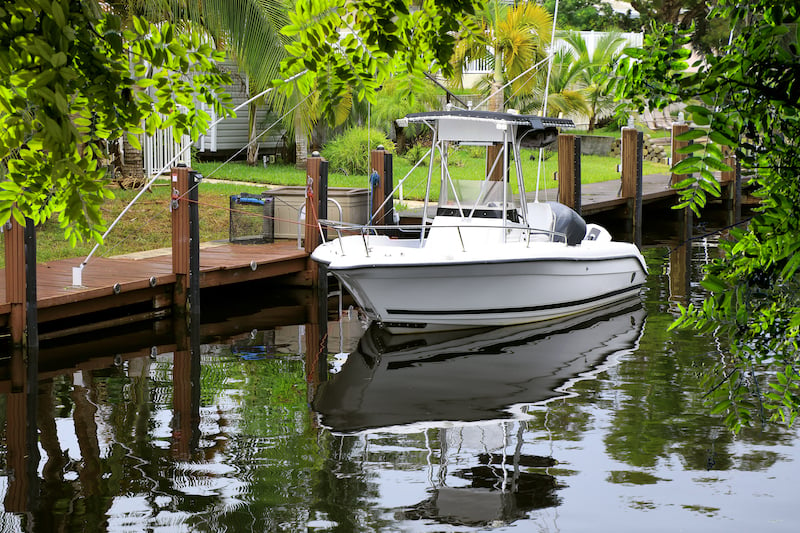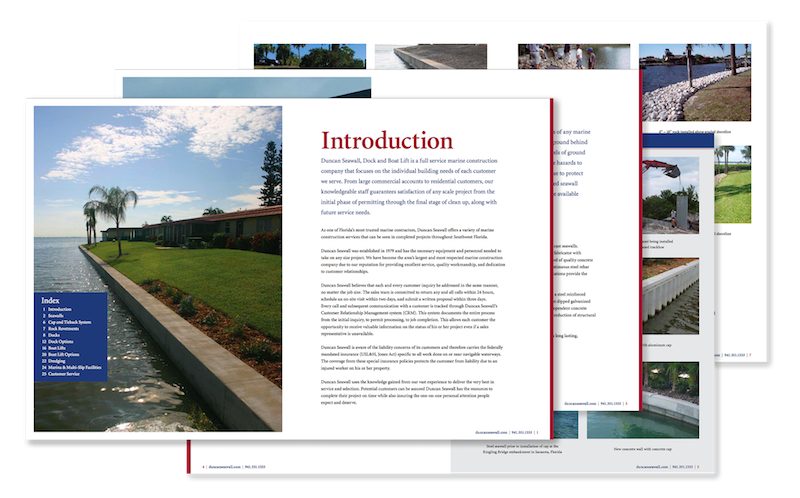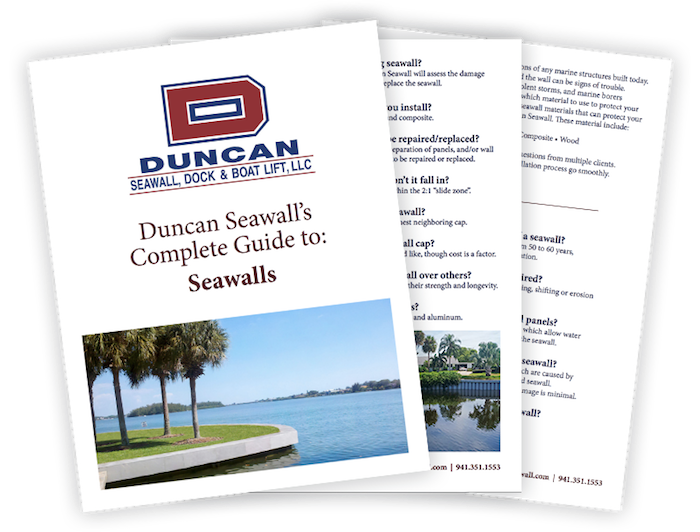Living in Southwest Florida, owning a waterfront property is a dream come true. But with this paradise comes the responsibility of understanding and preparing for natural hazards, including storm surges.
Related Blog: Ultimate Guide to Identifying Hurricane & Storm Categories in Southwest Florida
A storm surge can wreak havoc on your property if you're unprepared. Let’s dive in to find out what storm surges are, why they are dangerous, and how you can protect your valuable investment.
What is a Storm Surge?
Being able to identify different types of storms and severe weather is not just vital information, but also an important tool that you can use to safeguard your home. Understanding what storm surges are can help you fully grasp the important difference between storms like a category 1 hurricane and a tropical storm with a storm surge warning.
A storm surge is the abnormal rise in seawater levels during a storm and can lead to severe flooding, especially in coastal areas like Southwest Florida. The main cause of a storm surge is the strong winds from hurricanes or tropical storms pushing water toward the shore, causing it to rise and create a surge.
Hurricane storm surges are most common in coastal regions during hurricane season, particularly those prone to hurricanes like the Gulf Coast and the Atlantic Coast are frequent targets. Although storm surges are common during this time, they are not exclusive to hurricane season and can occur at any time throughout the year.
What Do Storm Surges Look Like?
The effects of storm surges can lead to severe flooding, property damage, and even loss of life. For example, Hurricane Katrina in 2005 caused a storm surge that flooded large parts of New Orleans, resulting in catastrophic damage. More recently, Hurricane Irma in 2017 brought a storm surge to Southwest Florida, causing widespread flooding and destruction.
The difference between storm surges and flooding lies in the cause and nature of the water inundation. Flooding is a symptom of storm surges, which are specifically caused by the rise in sea level due to storm winds, leading to tall waves and often resulting in flooding.
Why Are Storm Surges So Dangerous?
Flooding caused by storm surges is relentless and can easily destroy homes, infrastructure, and landscapes, especially during a hurricane storm surge. A hurricane storm surge is when a storm surge forms as a symptom of a hurricane and this is often the aspect that produces the most damage.
High winds and heavy rainfall are undoubtedly dangerous, but storm surges can inundate vast areas, causing widespread devastation. It's not just the initial impact that is dangerous; the receding waters can also cause damage and carry debris.
How to Prepare for a Storm Surge
A seawall acts as a barrier against rising waters, protecting your property from costly flood damage. Since storm surges can happen year-round in coastal areas like Southwest Florida, regular maintenance is crucial to keep your seawall prepared to protect your property.
This includes cleaning the wall to remove algae and marine growth, checking for structural integrity, and making necessary repairs. Regular inspections can help identify any weaknesses or damage that needs repair. If you find any cracks, erosion, or signs of wear and tear, it’s crucial that you promptly repair your seawall to ensure its longevity and effectiveness.
If you don’t already have one, or your current seawall is in disarray, it’s crucial to install a well-constructed seawall to shield your property from storm surge damage. At Duncan Seawall, we specialize in building custom seawalls designed to withstand the unique conditions of your waterfront environment.
Download our complete guide to seawalls to take the first step toward protecting your property from storm surges. Don't let the next storm catch you off guard— protect your paradise today.



